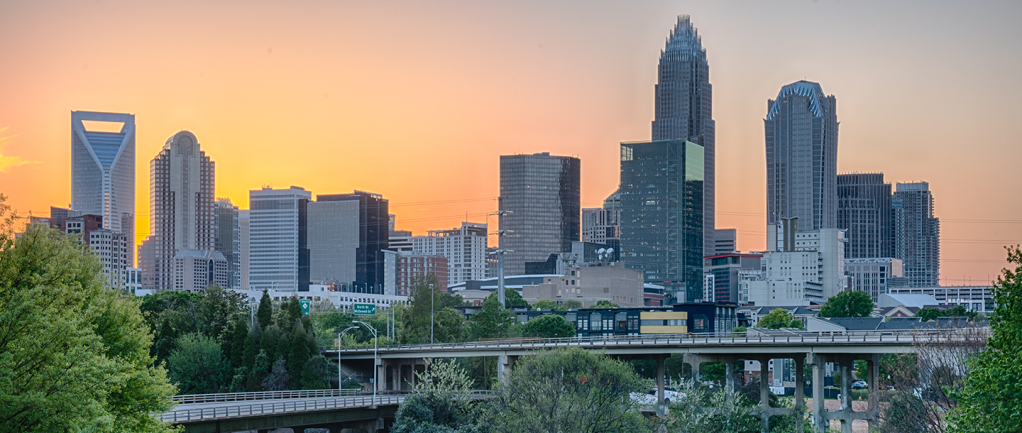Every day, thousands of miles of pipelines underground quietly and safely deliver energy to keep our homes comfortable and well-lit. Williams owns and operates the nation’s largest and most reliable interstate natural gas transmission pipeline, called Transco.
Transco is not just one pipeline, but an artery of nearly 10,000 miles of pipelines connecting an energy corridor spanning from south Texas to New York City. This infrastructure network transports about 15 percent of the natural gas consumed in the U.S., making it the largest of four interstate pipelines operated by Williams.
Much of the electricity that consumers use in their homes and businesses in the United States originates from natural gas transmission pipelines like Transco. Natural gas is also a critical energy source for industrial and commercial uses, businesses and households for heating, cooking and hot water.
Past and Future
To fully appreciate the astounding level of growth of Transco, it’s important not to lose sight of where we started. When the Transco pipeline was placed into service in 1949, it was touted as the longest pipeline in the world and the largest single-project construction venture ever attempted.
Throughout its more than 70-year history, the pipeline has undergone multiple expansions to meet growing energy demand. As the importance of clean energy grows, Transco is positioned to play a critical role in the energy transition.
Safety and Reliability
Transco’s steel pipes vary between 24” and 48” inches in diameter and undergo rigorous maintenance and inspection processes – this includes continuous system and remote-control monitoring, aerial and control valve inspections, leak surveying, and pipeline markings. Additionally, the use of innovative technology such as pressure and temperature sensors, 100% weld x-rays, smart pigs for cleaning, clearing and inspecting as well as strength testing, protective coating and cathodic protection is applied.
Through Transco’s unique network of interconnections with other pipelines and strategic storage reserves, the pipeline can allow multiple pathways to reroute natural gas deliveries to customers.
When temperatures drop during the winter, preparation is a huge component of Transco’s operational success. Our teams conduct tabletop exercises to simulate a potential pipeline outage during a winter cold snap to improve how the natural gas pipeline system and the electric grid work together, ensuring that the pipeline system continues to operate reliably and safely, even in severe weather conditions.
Transco Facts
- Transco is an approximately 10,000-mile natural gas transportation system that extends from south Texas to New York City
- Transco is the largest volume interstate pipeline in the U.S.
- The pipeline transports 15% of the natural gas in the U.S.
- The first delivery from Transco was in 1950.
- Transco has operations in 13 states, extending from Texas, Louisiana, Mississippi and the Gulf of Mexico through Alabama, Georgia, South Carolina, North Carolina, Virginia, Maryland, Pennsylvania and New Jersey to the New York City metropolitan area.
- Transco’s system capacity is 19.6 million dekatherms per day.
- Transco’s system includes 60 compressor stations, four underground storage fields and one LNG storage facility; compression facilities at sea level-rated capacity total approximately 2.4 million horsepower.
- Throughout it’s network, Transco has more than 1,160 employees.
What does 19.6 million dekatherms mean?
Provides enough energy to supply the natural gas needs on a typical January day for approximately 62% of the U.S. Households using natural gas.
